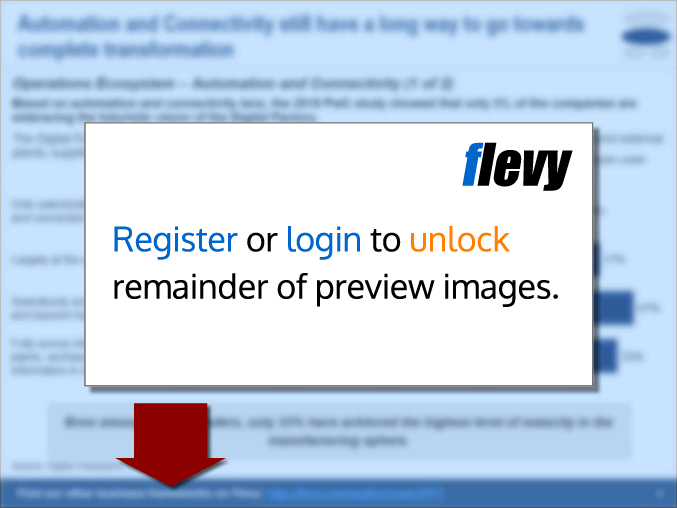Shipyard Business 8-Year 3 Statement Financial Model (Excel XLSX)
Excel (XLSX) + Excel (XLSX)
VIDEO DEMO
BENEFITS OF THIS EXCEL DOCUMENT
- Prepare financial projection for an shipyard business
- Visualise projection outputs on dashboard
- Value shipyard business
SHIPPING INDUSTRY EXCEL DESCRIPTION
MODEL OVERVIEW
A shipyard business operates a specialized facility for building, repairing, and maintaining ships and offshore structures. It features dry docks, fabrication workshops, and skilled labor for constructing vessels like cargo ships, cruise liners, and naval warships. Shipyards integrate raw materials, propulsion systems, and navigation technology while ensuring quality, efficiency, and regulatory compliance to support global maritime, defence, and energy industries.
Our highly versatile and user-friendly Excel model allows for the preparation of an 8-year rolling 3 statement (Income Statement, Balance Sheet and Cash flow Statement) financial projection with a monthly timeline for a startup or existing shipyard business engaged in ship building, repair and maintenance projects.
The model allows the user to model 25 existing and/or new projects with revenue calculated on a percentage completion basis. Project costs include direct materials, direct labour and direct expenses with functionality to model inventories for direct materials. In addition model includes projections for non-direct staff costs, marketing costs, other operating costs, fixed assets, borrowings, sales tax, corporate tax and dividend distributions.
The model follows good practice financial modelling principles and includes instructions, line-item explanations, checks and input validations and incorporates a discounted cash flow valuation calculation using the projected cash flows.
KEY OUTPUTS
• Projected full financial statements (Income Statement, Balance Sheet and Cash flow Statement) presented on a monthly basis across 8 years and summarised on an annual basis.
• Dashboard with:
• Summarised projected Income Statement and Balance Sheet;
• Compounded Annual Growth Rate (CAGR) for each summarised income statement and balance sheet line item;
• Key ratios including average revenue growth, average profit margins, average return on assets and equity and average debt to equity ratio;
• Tables and Bar charts summarising revenue and gross profit by project
• Charts and graphs showing: cash balance by month, free cash flow generation, cash flow statement breakdown, profit margins, income statement breakdown, net cash vs net income, working capital, valuation and capital structure.
• Discounted cash flow valuation using the projected cash flow output.
• Breakeven analysis
• IRR and NPV
KEY INPUTS
Setup Inputs:
• Name of business;
• Currency;
• First projection year and month;
• Naming for projects, direct materials, direct labour, direct expenses, admin staff costs, marketing costs, admin costs, fixed assets and borrowings;
Actuals Inputs:
• Opening balance sheet (for existing businesses);
• Income Statement actuals (for trend analysis);
Projection Inputs:
• Revenue inputs including project start and end date, total project revenue, project completion percentages by month and project revenue settlement by month;
• Direct labour inputs including FTEs per project per month and monthly cost per FTE;
• Direct material inputs include direct material cost per unit, units per project per month, safety stock percentage for direct material inventory calculation and average credit terms received;
• Direct expense inputs include amount per project per month;
• Other costs inputs including admin staff costs, marketing costs and admin costs;
• Sales and corporate tax inputs including rate and payment periods;
• Dividend inputs including amount (percentage of retained earnings) and frequency;
• Fixed Assets including addition amounts and useful life;
• Borrowings including addition amounts and interest rate;
• Share Capital additions;
• Discount rate inputs (for valuation calculation).
MODEL STRUCTURE
The model comprises of 9 tabs split into input ('i_'), calculation ('c_'), output ('o_') and system tabs. The tabs to be populated by the user are the input tabs ('i_Setup', ‘i_Actuals' and 'i_Assumptions'). The calculation tab uses the user-defined inputs to calculate and produce the projection outputs which are presented in 'o_Fin Stats', ‘o_Dashboard' and ‘o_DCF'.
KEY FEATURES
• The model contains a flexible timeline that allows for a mix of actual and forecast periods across a 8-year period. This allows projections to be easily rolled forward as forecast periods become actual period;
• Timeline is split on a monthly basis and summarised on an annual basis;
• The model is not password protected and can be modified as required following download;
• The model allows the user to model up to 25 separate projects (both existing and new) with their own unique combinations of direct materials, direct labour usage and direct expense allocations;
• The model allows for the following number of underlying categories for each line item (these can be easily expanded if required):
• Projects – 25 categories;
• Direct materials – 8 categories;
• Direct labour costs – 8 categories;
• Direct expenses – 8 categories;
• Non-Direct Staff costs – 8 categories;
• Marketing costs – 5 categories;
• Other expenses – 15 categories;
• Fixed assets – 5 categories;
• Borrowings – 3 facilities
• Apart from projecting revenue and costs the model includes the possibility to model fixed assets, borrowings (amortising), dividends and corporate tax;
• Business name, currency, starting projection period are fully customisable;
• Revenue, cost and fixed asset descriptions are fully customisable;
• The model included an integrated discounted cash flow valuation using the projected cash flow outputs;
• The model includes instructions, line-item explanations, checks and input validations to help ensure input fields are populated accurately;
• The model includes a checks dashboard which summarises all the checks included in the various tabs making it easier to identify any errors.
SUPPORT / MODIFICATIONS
We are keen to ensure our customers are satisfied and find the models useful for their financial projection needs. Our models are developed with the user in mind and include instructions, line-item explanations, checks and input validations to ensure they are as user-friendly and easy to use as possible without requiring extensive knowledge of Microsoft Excel, finance or accounting. If any questions do arise, we are more than happy to assist. We are also happy to support with any be-spoke modifications you may require to the models to better suit your business needs. To get in touch, please send us a message through the website or contact us on:
We are also always keen to receive feedback so please do let us know what you think of our models by sending us a message or submitting a review.
ABOUT PROJECTIFY
We are financial modelling professionals with experience working in big 4 business modelling teams and strong experience supporting businesses with their financial modelling and decision support needs. Our aim is to provide robust and easy-to-use tools that follow good practice financial modelling guidelines and assist individuals and businesses with their financial projection and analysis requirements.
Got a question about the product? Email us at support@flevy.com or ask the author directly by using the "Ask the Author a Question" form. If you cannot view the preview above this document description, go here to view the large preview instead.
Source: Best Practices in Shipping Industry, Integrated Financial Model Excel: Shipyard Business 8-Year 3 Statement Financial Model Excel (XLSX) Spreadsheet, Projectify









